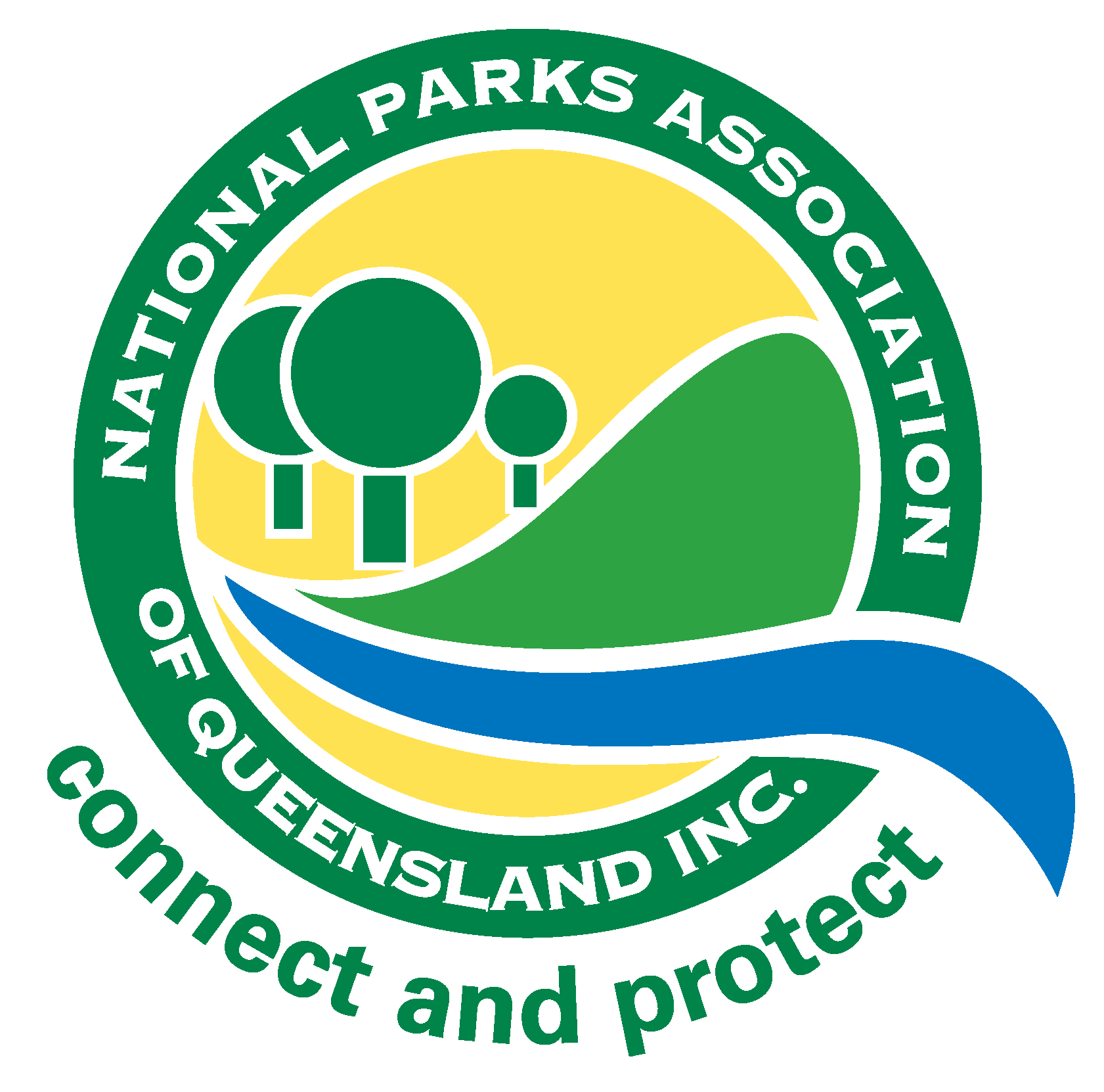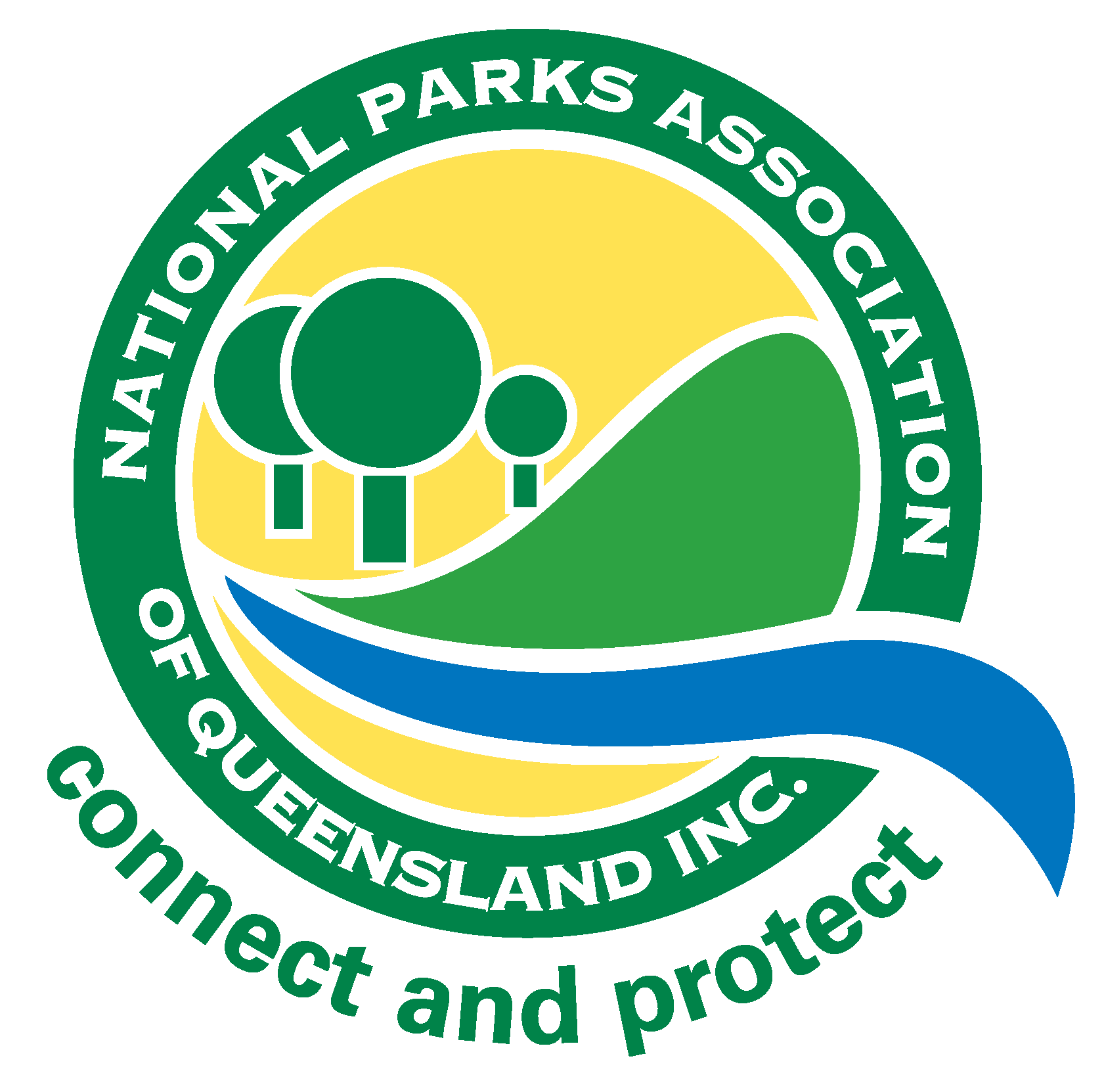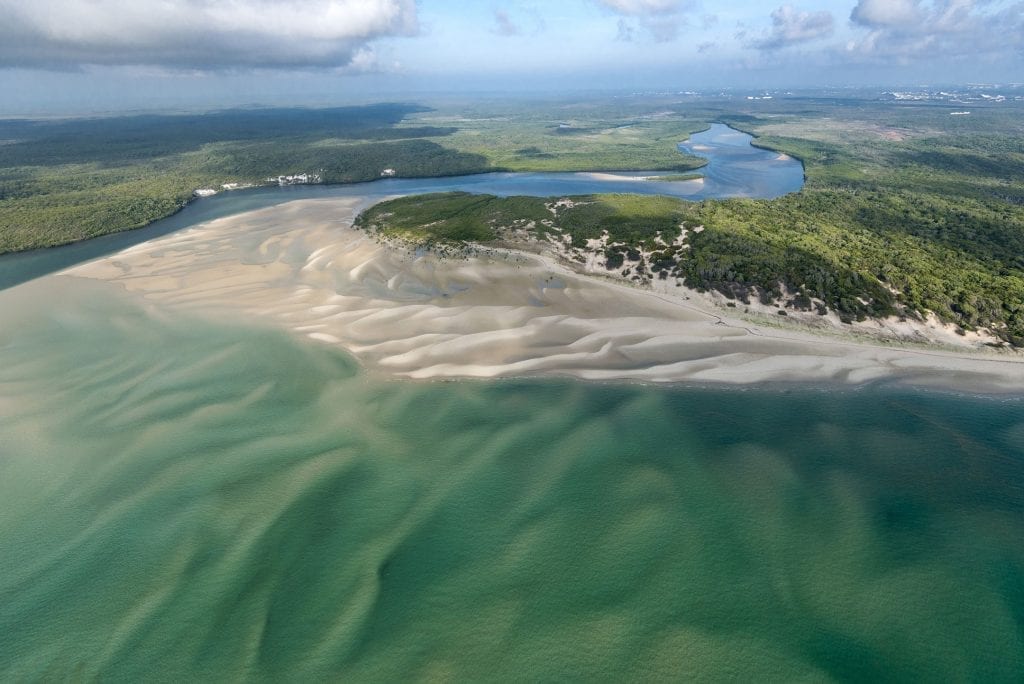Indigenous Conservation, National Parks
Cape York spaceport land returned to Traditional Owners under landmark agreement
Thirty-one years ago in 1986, the Queensland Government was convinced an international spaceport on Cape York Peninsula was a good idea. According to the Cape York Space Agency, a private company promoting the concept, it would be of immense importance to humanity and a great commercial and economic success.
After considering sites near Weipa and Mapoon, the Bjelke-Petersen government eventually settled on a remote and depopulated stretch of coast in Temple Bay, 70km north of Lockhart River.
From here, Soviet rockets would launch US, European and Asian satellites into the Earth’s orbit from a commercially run rocket-launching facility. A new town, airport, resorts, housing, shopping centre and port were to be built on the 160,000ha parcel of coastal land earmarked for the development.
This land, known as Bromley, is part of the ancestral homelands of the Wuthathi, Kuuku Ya’u and Northern Kaanju people who were forcibly removed 80-90 years ago.
While considered one of Bjelke-Petersen’s wackier ideas, the Spaceport proposal had enjoyed in-principle support in the mid-1980s from then Prime Minister Bob Hawke and Federal Opposition Leader John Howard.
First mooted in 1965, the idea had more to do with Australia’s political stability and the physics of a spinning Earth than Bjelke-Petersen himself. Launching a rocket near the equator was easier and cheaper, and remote coastal areas were considered safer should something go wrong.
While financial backing was scarce, Aboriginal resistance was strong and unifying. According to the Koori Mail (Issue 7, 1991), Traditional Owners from across Cape York voted to support the Wuthathi and Kuuku Ya’u peoples’ opposition to the development at a land rights meeting. In a rare example of Aboriginal veto-power, the proposed Cape York spaceport was eventually abandoned.
In 2002, the Wuthathi, Kuuku Ya’u and Northern Kaanju people filed an application with the Federal Court to have their native title rights and interests over Bromley recognised. Although it took 13 years, in April 2015, they secured both exclusive and non-exclusive native title rights to their shared country under Commonwealth law. And with this year’s handback of land under Queensland law, the Traditional Owners have closed the loop on almost 100 years of dispossession.
With more than 70km of Great Barrier Reef coastline — and an extraordinary wealth of natural values — scientists, environmentalists and more recent governments have long sought secure protection for the 160,000ha property now returned to its Traditional Owners.
In long-running negotiations with the Queensland Government, Traditional Owners agreed to the creation of two new national parks — Bromley (Ampulin) and Bromley (Kungkaychi) national parks, together totalling 51,030ha — within Cape York Peninsula Aboriginal land. Protecting both outstanding natural values and cultural sites of immeasurable significance, they will be jointly managed and closely monitored.
The handback has only been made possible under the landmark Cape York tenure resolution process, first proposed by Indigenous groups and conservationists in the mid-1990s.
“With more than 70km of Great Barrier Reef coastline — and an extraordinary wealth of natural values — scientists, environmentalists and more recent governments have long sought secure protection for the 160,000ha property now returned to its Traditional Owners.”
The program delivers a leading consent-based model of negotiating new Aboriginal-owned national parks. Having been supported by successive Queensland governments for almost 20 years, regardless of their political persuasion, this unique process has resulted in almost all state land on Cape York Peninsula — including existing national parks, timber reserves and resource areas — being handed back to Aboriginal ownership.
This model will soon be extended to the World Heritage-listed Daintree National Park.
The benefits of Aboriginal ownership and joint management of national parks includes diversified employment opportunities and an increase in revenue streams for Indigenous organisations. In remote regions there are also significant socio-economic benefits, with an increasing number of Indigenous rangers across the sector. Career opportunities, niche tourism and cultural maintenance all arise from ownership, joint management and the growth in fee-for-service enterprises.
Well-managed land tenure initiatives like the one taking place on Cape York are significant because they enable the protection of values through inclusive cultural interpretations and management of the landscape.
This model of land handbacks and joint management raises the bar for other governments and Traditional Owner groups to follow across Australia.


